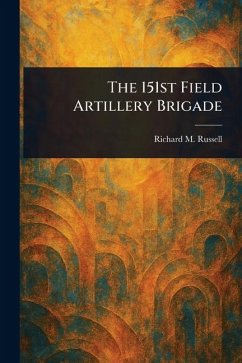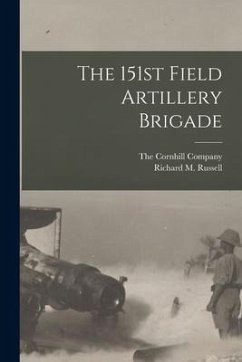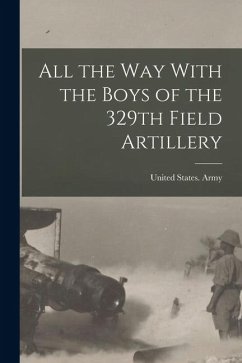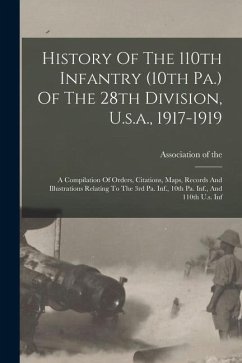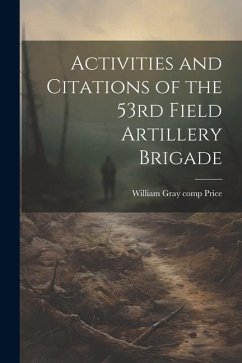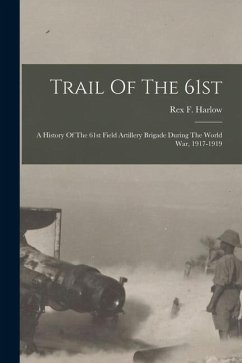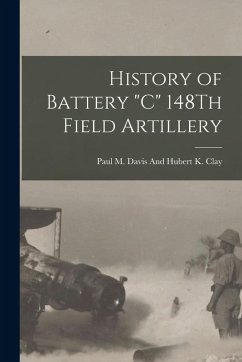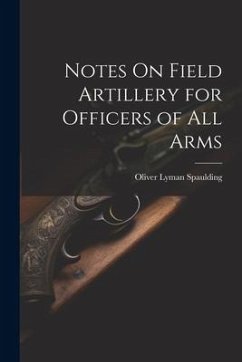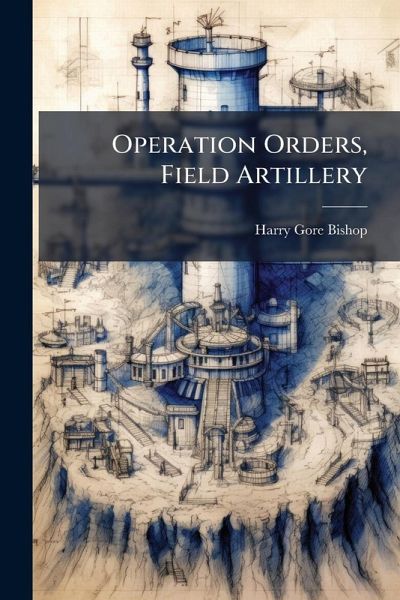
Operation Orders, Field Artillery
Versandkostenfrei!
Versandfertig in über 4 Wochen
17,99 €
inkl. MwSt.
Weitere Ausgaben:

PAYBACK Punkte
9 °P sammeln!
Operation Orders, Field Artillery: A Study in the Technique of Battle Orders, by Harry Gore Bishop, offers a detailed examination of military command and communication during the early 20th century. Focusing specifically on field artillery, this book provides insights into the creation and implementation of effective battle orders. Originally published in 1916, it serves as a valuable resource for understanding the tactical doctrines and operational procedures employed during World War I. Bishop's work meticulously explores the nuances of artillery deployment and coordination, making it an ess...
Operation Orders, Field Artillery: A Study in the Technique of Battle Orders, by Harry Gore Bishop, offers a detailed examination of military command and communication during the early 20th century. Focusing specifically on field artillery, this book provides insights into the creation and implementation of effective battle orders. Originally published in 1916, it serves as a valuable resource for understanding the tactical doctrines and operational procedures employed during World War I. Bishop's work meticulously explores the nuances of artillery deployment and coordination, making it an essential read for military historians and students of strategic planning. This historical text sheds light on the challenges and complexities of battlefield communication, offering enduring lessons in leadership and military science. This work has been selected by scholars as being culturally important, and is part of the knowledge base of civilization as we know it. This work was reproduced from the original artifact, and remains as true to the original work as possible. Therefore, you will see the original copyright references, library stamps (as most of these works have been housed in our most important libraries around the world), and other notations in the work. This work is in the public domain in the United States of America, and possibly other nations. Within the United States, you may freely copy and distribute this work, as no entity (individual or corporate) has a copyright on the body of the work. As a reproduction of a historical artifact, this work may contain missing or blurred pages, poor pictures, errant marks, etc. Scholars believe, and we concur, that this work is important enough to be preserved, reproduced, and made generally available to the public. We appreciate your support of the preservation process, and thank you for being an important part of keeping this knowledge alive and relevant.



